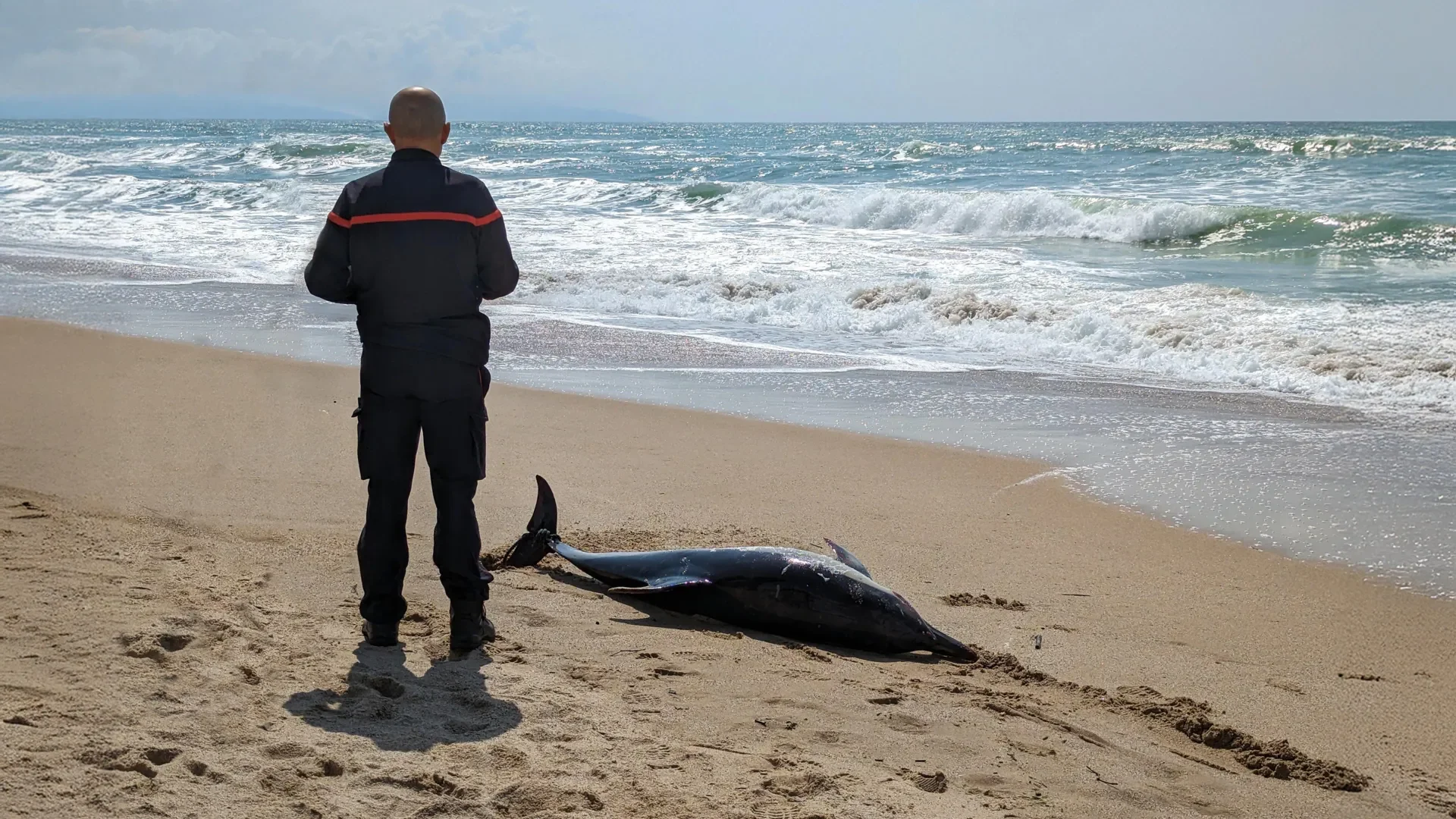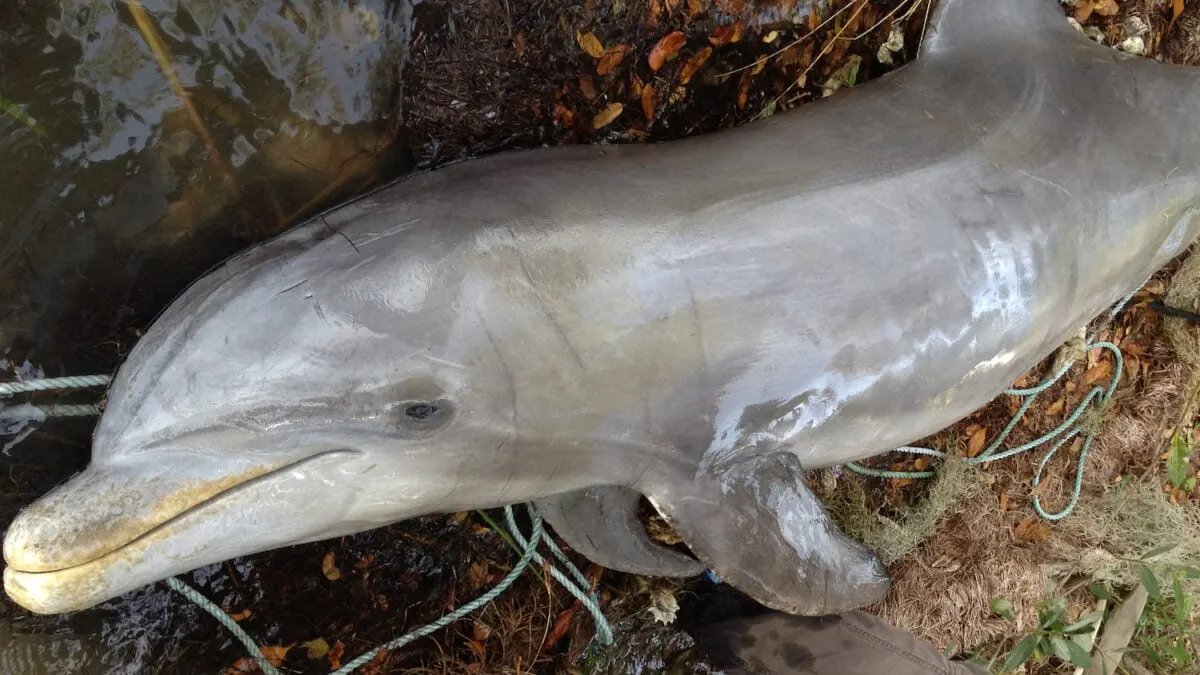Researchers find dolphins in Florida with severe brain damage similar to Alzheimer’s, linked to cyanobacterial toxins from worsening toxic algal blooms.

October 12, 2025

Source:
ScienceDaily
Dolphins Found With Severe Brain Damage
Bottlenose dolphins stranded on Florida’s shores are presenting brain degeneration strikingly similar to Alzheimer’s disease in humans. Research, recently published in Communications Biology (September 2025), analyzed brains of 20 dolphins from Florida’s Indian River Lagoon, dating from 2010 to 2019.
Key Pathological Findings
High concentrations of neurotoxins 2,4-diaminobutyric acid (2,4-DAB) and BMAA detected
Pathology includes β-amyloid plaques, tau tangles, and TDP-43 inclusions
Over 500 differentially expressed genes tied to synapse dysfunction and neurodegeneration identified
Those stranded during harmful algal bloom seasons had up to 2,900 times higher concentrations of 2,4-DAB than dolphins found outside bloom periods.
Keep up with the story. Subscribe to the PR+ free daily newsletter

Source:
Newsweek
Climate and Pollution Drive Rising Toxins
Research identifies cyanobacterial toxins as primary culprits for this severe brain damage. These toxins thrive in warm, nutrient-rich waters — conditions made worse by climate change and agricultural runoff.
Worsening Harmful Algal Blooms
Cyanobacterial blooms (also called blue-green algae) produce neurotoxins like BMAA
Frequency and intensity increase as temperatures rise and more nutrients enter waterways
These toxins enter the marine food chain, concentrating in top predators like dolphins
Other blooms, such as "red tides" (producing brevetoxins), also cause dolphin deaths via different mechanisms.
“Dolphins serve as visible environmental sentinels, warning of threats to wider marine and human health.”
Read More

Source:
Gizmodo
Share this news:




















